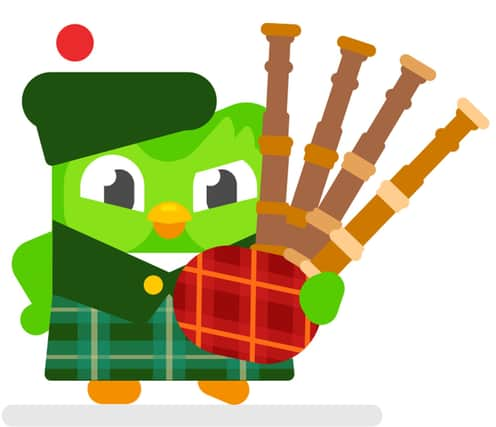Number of Gaelic learners outstrips entire population of Highlands and Islands


Around 300,000 people are now learning Scottish Gaelic on the free Duolingo app with the course launched just over five months ago.
The number of Gaelic learners using the app now outstrips the entire population of the Highland and Western Isles council areas, where a total of around 265,000 people live.
Advertisement
Hide AdAdvertisement
Hide AdFigures show that interest in Gaelic among the countries linked to the Scottish diaspora are helping to drive the high numbers of users.
The highest number are based in the United States (35%), followed by the UK (34%), Canada (6%) and Australia (3%). A further 2% of learners living in Germany.
Colin Watkins, Duolingo's Country Manager in the U.K, said: "To hit three hundred thousand learners in under 6 months is fantastic progress.
“We are thrilled so many people around the world are choosing to learn Scottish Gaelic. We will be updating the course soon to include even more content."
The course was launched on St Andrews Day and in five days there were more people learning the language than native speakers and those learning the language by other means, the company said.
According to the last census in 2011, 57,375 could speak Scottish Gaelic.Meanwhile, more than 4,300 students in Scotland received their education in Gaelic, at both primary and secondary level, in 2018, a 64% increase from 2010.
Many more thousands learn Gaelic at some level in the classroom.
Malcolm Maclean, former chair of UNESCO Scotland and past chief executive of Proiseact Nan Ealan, Scotland’s national Gaelic arts agency, said he was “delighted” to hear of rising number of Gaelic learners.
Advertisement
Hide AdAdvertisement
Hide AdMr Maclean, who lives at Uig, Isle of Lewis, said: “If you scratch the surface of most Scots you will find a parent, a grandparent or a great great grandparent who came from a Gaelic background.
“Gaelic is now become more accepted and normalised. People are watching Gaelic television and there is a growing interest in genealogy.”
He said the figures didn’t come as a great surprise given that “the status of Gaelic in Scotland and particularly the Highlands and Islands has changed”.
Mr Maclean added: “The focus on Gaelic for the past 30 to 40 years has been to shift perception away from conservation towards development and how can we move away from this abnormal, dysfunctional relationship with Gaelic that existed for more than 250 years.
“The Catalans called it normalisation and over the past 30 to 40 years Gaelic has become more and more normalised in Scotland. There is no longer this neurotic attitude that prevailed, the official attitude that prevailed, for centuries.”
He said the figures were a “good sign that Scotland is healing some of its historic fractures and becoming a much healthier country culturally, socially and psychologically”.
